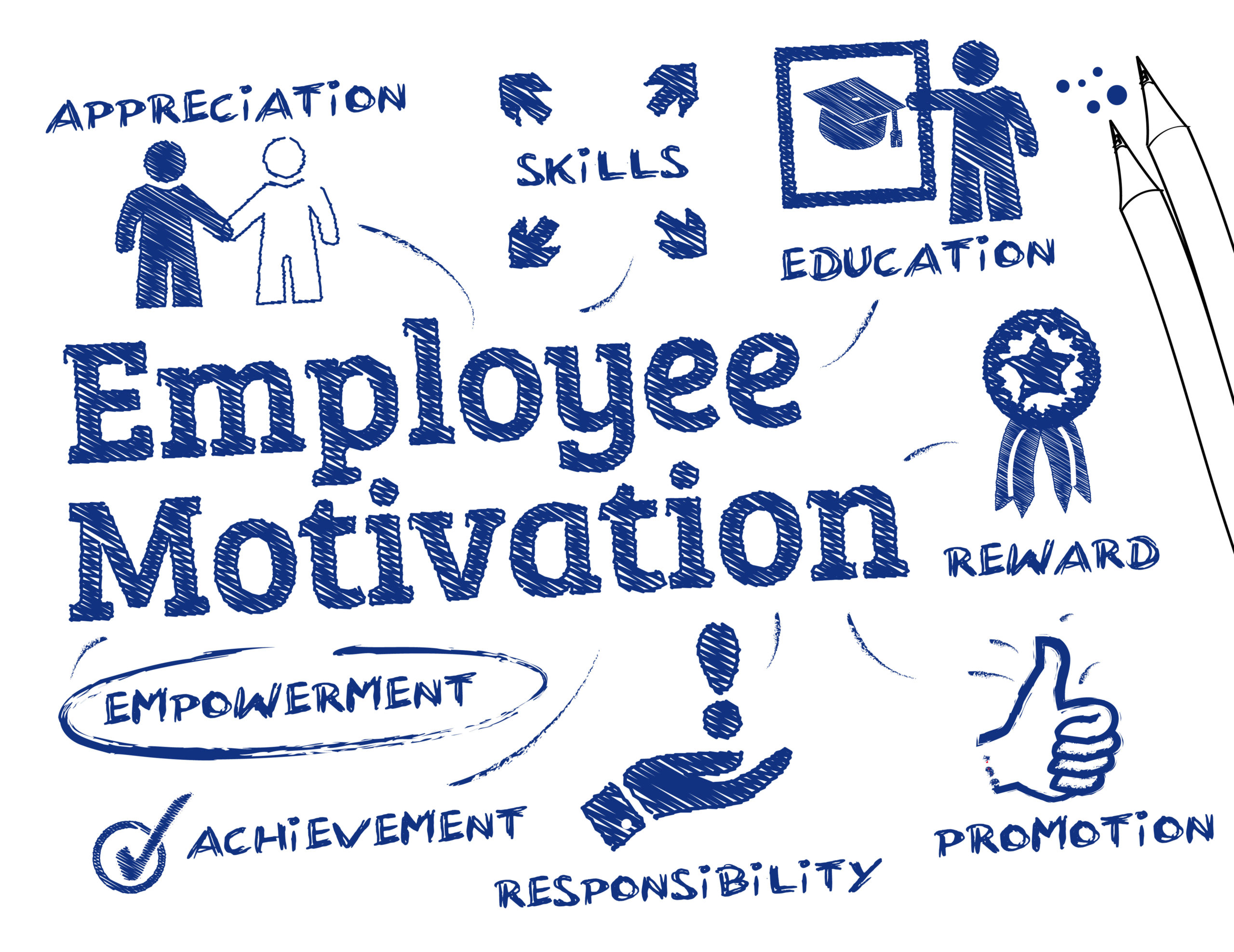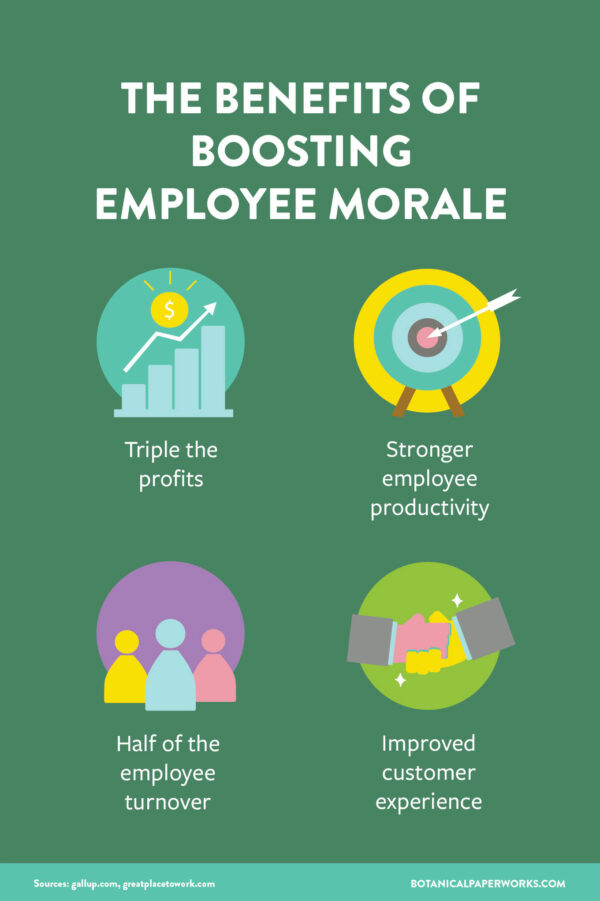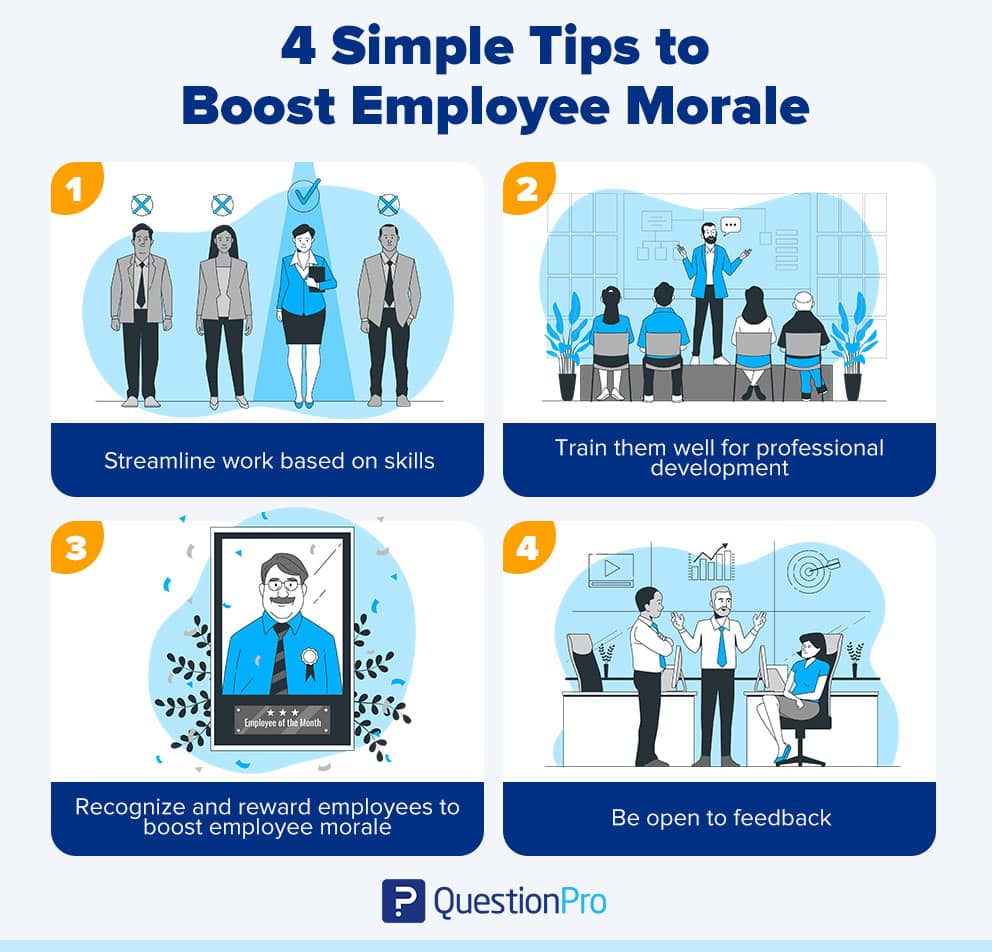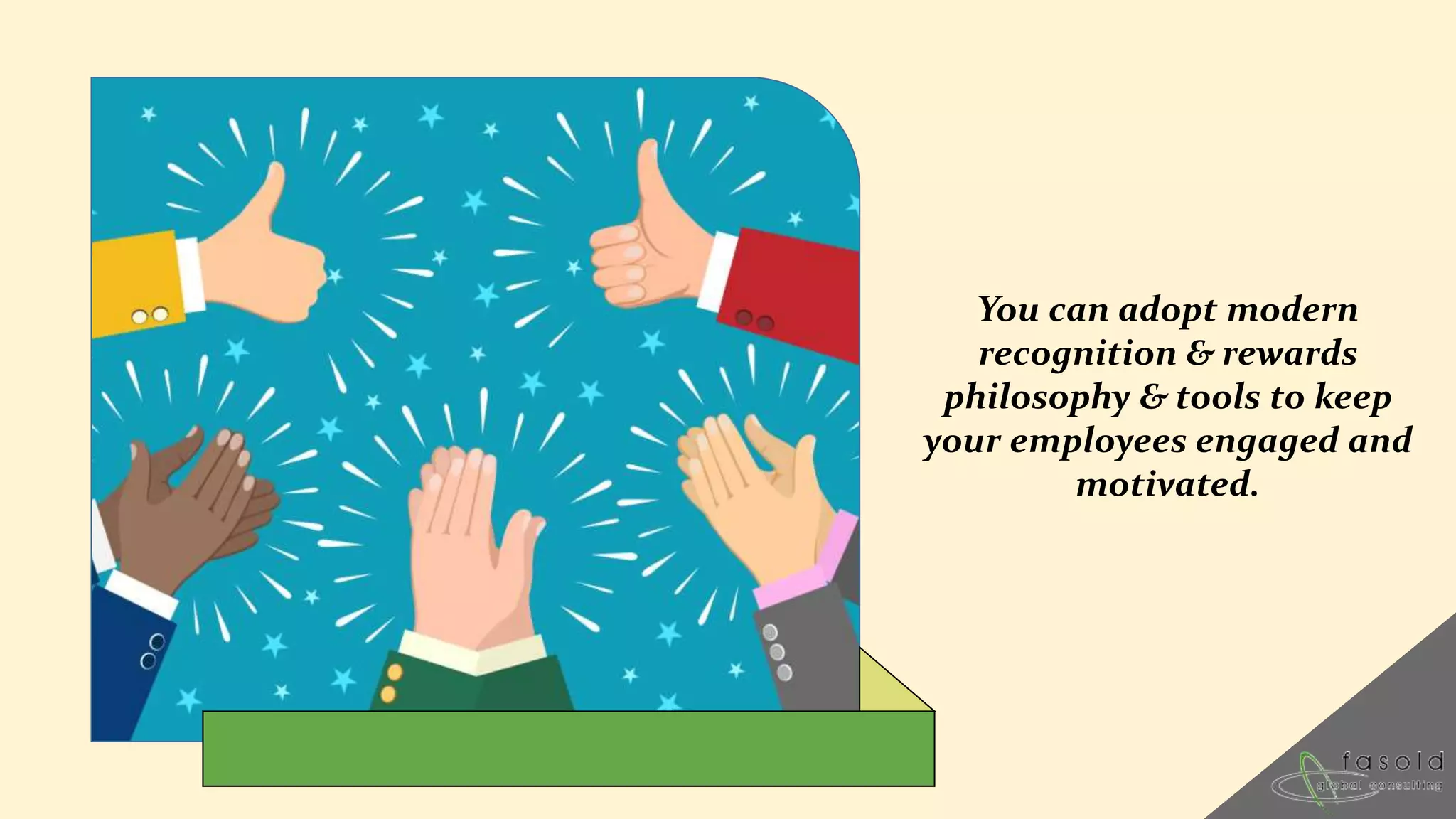How To Boost Employee Morale And Motivation

Employee morale is plummeting nationwide, threatening productivity and retention. Immediate action is crucial to reverse this trend and reignite workforce engagement.
This article offers actionable strategies for boosting employee morale and motivation, drawing from recent studies and expert opinions to provide a clear roadmap for employers.
Acknowledge and Address Concerns
First, conduct anonymous surveys and hold open forums to understand employee pain points. Employees need to feel heard and valued. According to a 2023 Gallup poll, feeling valued is a key driver of employee retention.
Actively respond to the feedback received. Ignoring concerns will only exacerbate the problem. Address issues transparently and provide concrete plans for improvement.
Recognize and Reward Performance
Implement a robust recognition program that celebrates both individual and team achievements. Regular praise and appreciation can significantly impact morale. Publicly acknowledge accomplishments through company-wide announcements or team meetings.
Consider offering performance-based bonuses, promotions, or other tangible rewards. Financial incentives can be a powerful motivator. However, ensure rewards are fair and equitable across all departments.
Foster a Positive Work Environment
Promote a culture of respect, collaboration, and open communication. Encourage teamwork and social interaction among employees. Organize team-building activities and social events to foster camaraderie.
Invest in employee well-being programs that address mental and physical health. Offer resources such as stress management workshops, gym memberships, or mental health counseling. According to a recent study by the American Psychological Association, employees who feel supported are more productive and engaged.
Empower Employees and Provide Growth Opportunities
Grant employees autonomy and control over their work. Trust them to make decisions and take ownership of their projects. Empowering employees fosters a sense of responsibility and accountability.
Invest in employee training and development programs. Provide opportunities for employees to learn new skills and advance their careers. Offer mentorship programs and leadership development opportunities.
Lead by Example
Leaders must demonstrate the behaviors they expect from their employees. Be transparent, honest, and approachable. Show genuine interest in employee well-being and career development.
Actively listen to employee concerns and provide constructive feedback. Lead by example by embracing a positive attitude and a strong work ethic. CEO Jane Doe of Acme Corp stated, "A motivated workforce starts with motivated leadership."
Regularly Evaluate and Adjust Strategies
Monitor employee morale and motivation levels through regular surveys and feedback sessions. Track key metrics such as employee turnover, absenteeism, and productivity. Use the data to evaluate the effectiveness of your strategies and make adjustments as needed.
Consider implementing a suggestion box or an anonymous feedback platform. Encourage employees to share their ideas for improvement. Create a culture of continuous improvement where employee feedback is valued and acted upon.
Key Takeaways
What: Boost employee morale and motivation.
Who: Employers and HR professionals.
Where: All workplaces.
When: Immediately and continuously.
How: Implement the strategies outlined above.
Moving forward, companies must prioritize employee well-being and engagement. By implementing these strategies, organizations can create a more positive, productive, and sustainable work environment. Ongoing monitoring and adaptation are critical for long-term success.


















